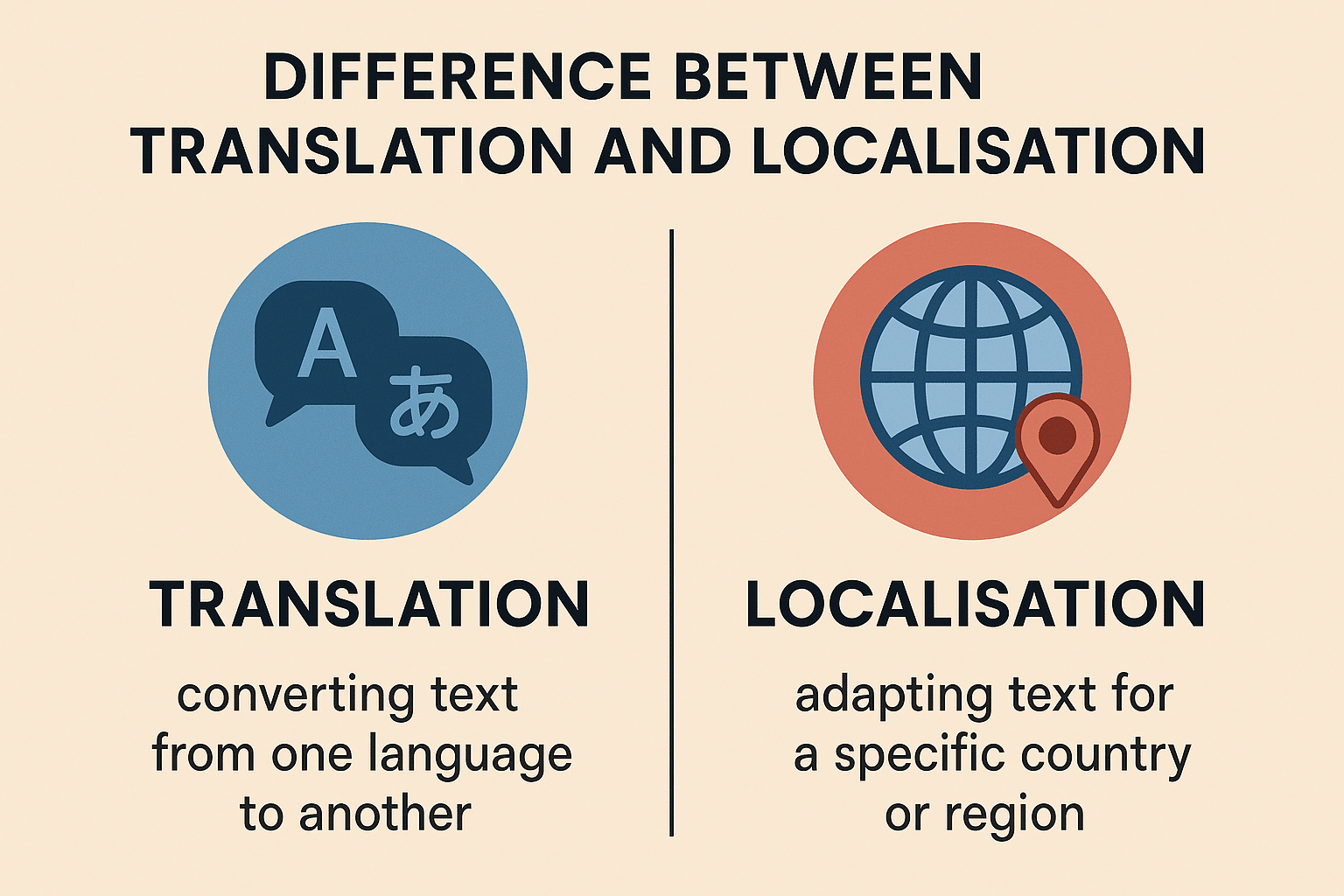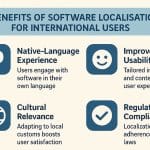Translation and localisation may appear synonymous at a first glance but they are certainly not interchangeable terms. They vary in terms of their primary goal and focus areas. Translation can simply be defined as converting text or speech from one language to another, preserving the original meaning of the source document or speech. For instance, when a head of a country or an organisation gives a speech to an audience, an effective translation ensures that the original meaning, context and specifications are intact in the final document. Any deviation from its original character is considered a flaw and an inaccurate version of the original document.
Localization, on the other hand, is a more comprehensive process that adapts a product or service to a specific locale, taking into account cultural nuances, language, and other factors to make it feel native to the target audience. For instance, a marketing material for a company catering to Europe might take the original marketing document as a reference while translating it in different languages but, in a case where it targets a different market like Africa and Asia, they require a localisation process so that the examples and semiotics can be relatable to the target audience. Localizing a website for a Japanese audience might involve not only translating the text but also adjusting the layout, date and time formats, currency, and potentially even the imagery to align with Japanese cultural preferences.
To summarize, translation is a subset and often a first step of localization, while localisation is more context specific and end oriented. Localization takes translation a step further by adapting the entire experience to the target audience’s culture and preferences. While translation focuses on breaking language barriers, localization aims to break cultural barriers. For instance, a video game might require translation of the text, but localization might also involve adapting the game’s interface, characters, and even its storyline to resonate with the cultural context of the target audience.







